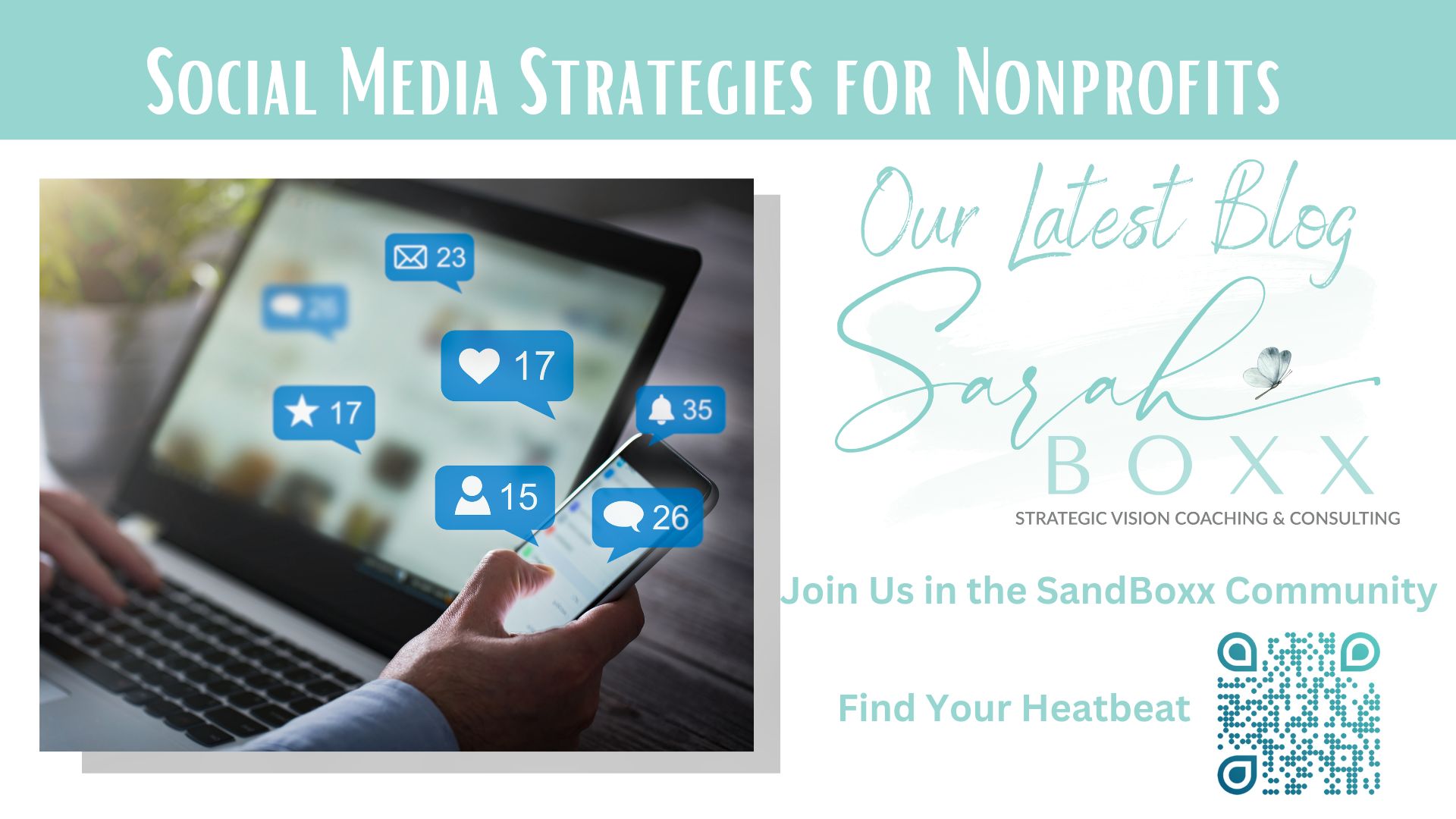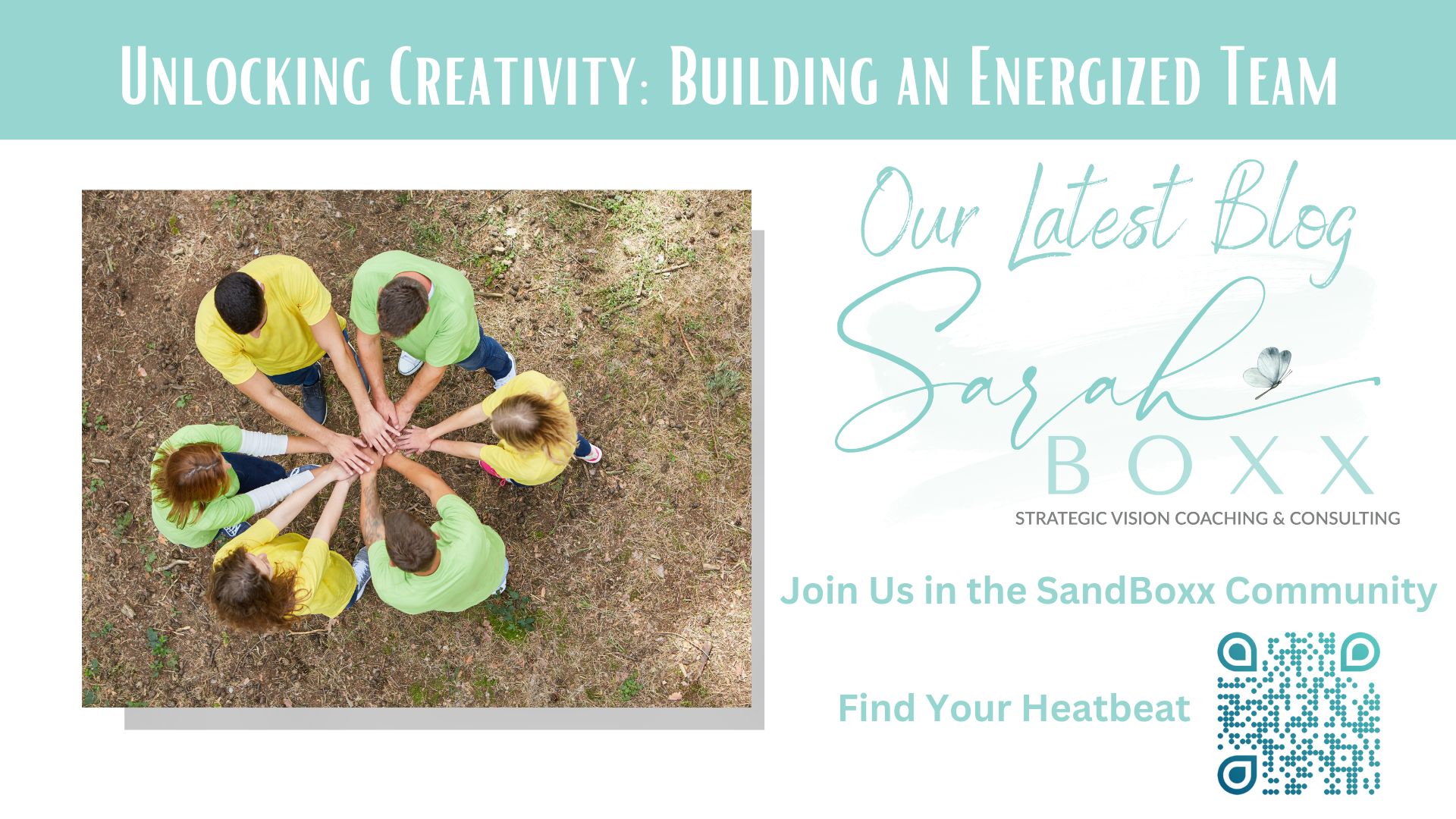The phrase “social media strategy” means different things to different people. For some, the alluring world of social media is exciting, and creating a strategic plan that engages their audience is a puzzle worth solving.
For others, the very concept of having to create a social media strategy causes a headache.
If I had to venture a guess, you probably didn’t get into the nonprofit industry because of a burning desire to create stellar Instagram content or show up live on Facebook. And don’t even get me started with TikTok!
In fact, your organization’s social media presence may not have even crossed your mind when your work first began.
Although social media strategy is (obviously) not the reason you start a nonprofit, it does play an important role in raising awareness and engaging supporters for your organization.
For many nonprofits, small budgets and teams can make the work of growing and scaling an uphill battle. A strategic social media plan utilizing the right tools and platforms can expand your reach and increase your impact.
Think more donations, more volunteers, more press coverage…you get the picture.
The digital trends in 2023 have shown that there are currently over 4.5 billion social media users worldwide. 9 of every 10 internet users utilize at least one social media platform. This is nearly a five percent increase in social media usage since last year alone.
When it comes to raising support and awareness for your nonprofit organization, you need to “go where the people are,” and my friends, the people are on social media.
Unfortunately, the nonprofit industry is known for underutilizing social media resources. There are various reasons for this (time, money, expertise, etc.), but when your organization lacks a strategic social media plan, you are passing up a valuable opportunity to expand the reach and impact of your organization.
Hopefully, by now, you understand the important role social media can play in your organization…but the real question you are probably wondering is, “Where do we start?”
Social Media Practices For Nonprofits
- Choose the best platform(s) for your organization.
Each social media platform is designed for a different purpose and reaches a different demographic. Choose the platforms that best align with your organizational goals and target audience. For example, LinkedIn is a professional networking site used for sharing professional articles and industry content, versus Instagram, which is a highly visual platform ideal for photos and short videos. - Complete your account profiles.
Although this may sound obvious, you’d be surprised how many professional organizations have not completed their account profile information. Platforms use this information to offer “page suggestions” or “who to follow” recommendations to users. Not only will an incomplete profile hinder your ability to pop up in searches, but it also sends the message that you are not a legitimate or professional organization. - Use a planning tool for managing your social media.
One of the most significant stumbling blocks when it comes to social media strategy is consistency. It’s easy to post tons of content on a slow week and zero content when things get busy. One way to ensure consistency in your content and to make content planning more manageable is to use a content calendar/scheduling program, such as Planoly, Meta Business Suite, or Hootsuite, to plan and schedule your content ahead of time so those busy days don’t get in the way of engaging your audience. - Create high-quality content that engages and informs.
Alright, the million-dollar question…what do I post? When creating social media content, your goal is to create a relationship with your audience. You need to provide a variety of content that offers value. In other words, you can’t just post a link to your donations page and expect to garner a following. Your content could include news and updates for your organization, testimonials, and stories of those you’ve impacted, or relevant local news. - Integrate your social media.
Wherever possible, integrate your social media links to make it easy for people to move from one of your platforms to the next. Your social media links should be integrated on your website, in your email signature, and on the bottom of blog posts. If you print paper fliers or business cards, a simple “Follow us on Facebook” is a great way to invite people to check out your other content. - Track your analytics.
Like anything, social media takes practice and making tweaks and adjustments along the way. Tracking your analytics is the best way to know if you are on the right track. Engagement is tracked through views, likes, comments, etc. Website follows, or link clicks is another metric used to analyze the effectiveness of your content. - Hire a social media manager.
We recognize that this tip is budget-dependent, but if you have the resources, you won’t regret hiring or outsourcing to a social media manager. This will allow you to focus on the parts of your organization that only you can do with the confidence that a professional is nurturing your social media presence.
For more tips and resources, CLICK HERE to receive updates on our latest blog posts and podcast episodes. If you like some support planning for or implementing your own nonprofit social media strategy, the SandBoxx team is here to help!
Article was contributed by: Maria Lees, Team Writer with Sarah Boxx





